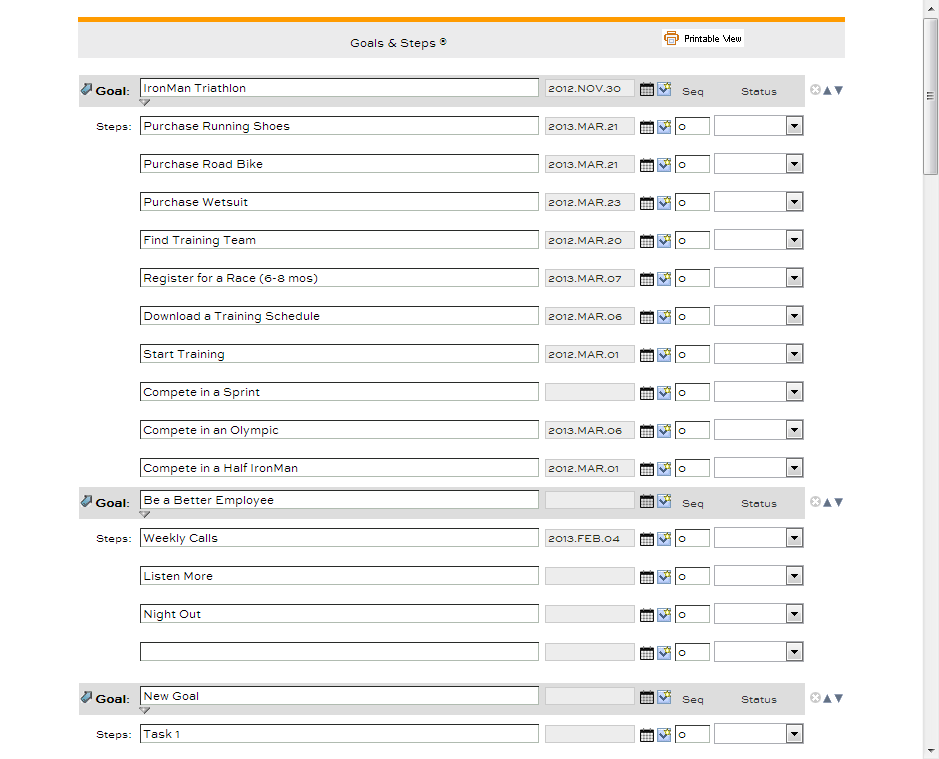


The delivery and billing addresses must match additionally, the GST authority will not grant input tax credits if the delivery address and GSTIN on the GST invoice are from different states. Please be aware that the provisions of the GST Act and rules must be followed in order to claim an input tax credit. Please choose the address that is listed as the registered place of business according to the GST authority's data in order to efficiently claim an input tax credit. Please be aware that is not in any way responsible for the GST Invoice or any associated input tax credit. and the Seller are not responsible for any failure on the part of the user, including issues related to information the user has provided. Users should make sure the information they enter is accurate.Īny request for a correction to the GST Invoice will not be entertained by or the Seller. Please be aware that the GST invoice must include the user's GSTIN and the name of the business entity that the user has specified. if an exchange offer is made concurrently with the purchase of the goods if the items come with Value Added Services such as Complete Mobile Protection or Assured Buyback. The following goods and services will not be eligible for GST Invoice: Only specific items sold by participating sellers and bearing the callout "GST Invoice Available" on the Platform's product detail page will be qualified for GST Invoice. Please be aware that not every product qualifies for a GST Invoice. The User's specified Entity Name for the User's Registered Business The GSTIN submitted by the User in connection with the registered business of the User. The user will be sent a Tax Invoice ("GST invoice") for the purchase of all such products, which will, among other things, have the following information printed on it: Users are forbidden from using any of the products they buy through the Platform for business, advertising, resale, or further distribution. However, all purchases made on the Platform must be for personal use. Use the builder’s connectTcp method and give it “localhost” and port 7000 (that’s where our Spring Boot RSocket server is running).Users who have registered businesses can buy products from merchants on the platform that meet their needs.

This should be wired in automatically by Spring. Declare an RSocketRequester.Builder parameter builder for the method.Create another method called rSocketRequester that returns an RSocketRequester.(Tip: IntelliJ IDEA Ultimate will warn you that this parameter can’t be autowired because no beans match this type.).(Tip: we can get IntelliJ IDEA to add the correct method parameter if we pass an unknown variable rSocketRequester into the RSocketStockClient constructor, press Alt+Enter on the unknown variable and select “Create parameter”.).Add an RSocketRequester as a method parameter to this rSocketStockClient method.The body of this method needs to return a new RSocketStockClient, which will need to take an rSocketRequester as a constructor argument.Create a new method on ClientConfiguration in the stock-client module, called rSocketStockClient, which returns a StockClient.If we want applications to be able to use the Rsocket client we need to add an RSocket client bean as well. Our ClientConfiguration only exposes one of these, the WebClientStockClient, as a bean. We intentionally have two implementations of our StockClient, one for connecting via RSocket and one via WebClient. Now we have an RSocket client that lets us connect to our RSocket server, we want to use this from our JavaFX application.
Intellij idea ultimate price full#
This tutorial is a series of steps during which we will build a full Spring Boot application featuring a Kotlin back end, a Java client and a JavaFX user interface. This blog post contains a video showing the process step-by-step and a textual walk-through (adapted from the transcript of the video) for those who prefer a written format. The original inspiration was a 70 minute live demo.
Intellij idea ultimate price how to#
This is the final part of our tutorial showing how to build a Reactive application using Spring Boot, Kotlin, Java and JavaFX. In this lesson we use Spring Profiles to enable an application to determine which of our two clients ( server-sent events via WebClient, or RSocket) to use to connect to our Kotlin Spring Boot price service.


 0 kommentar(er)
0 kommentar(er)
